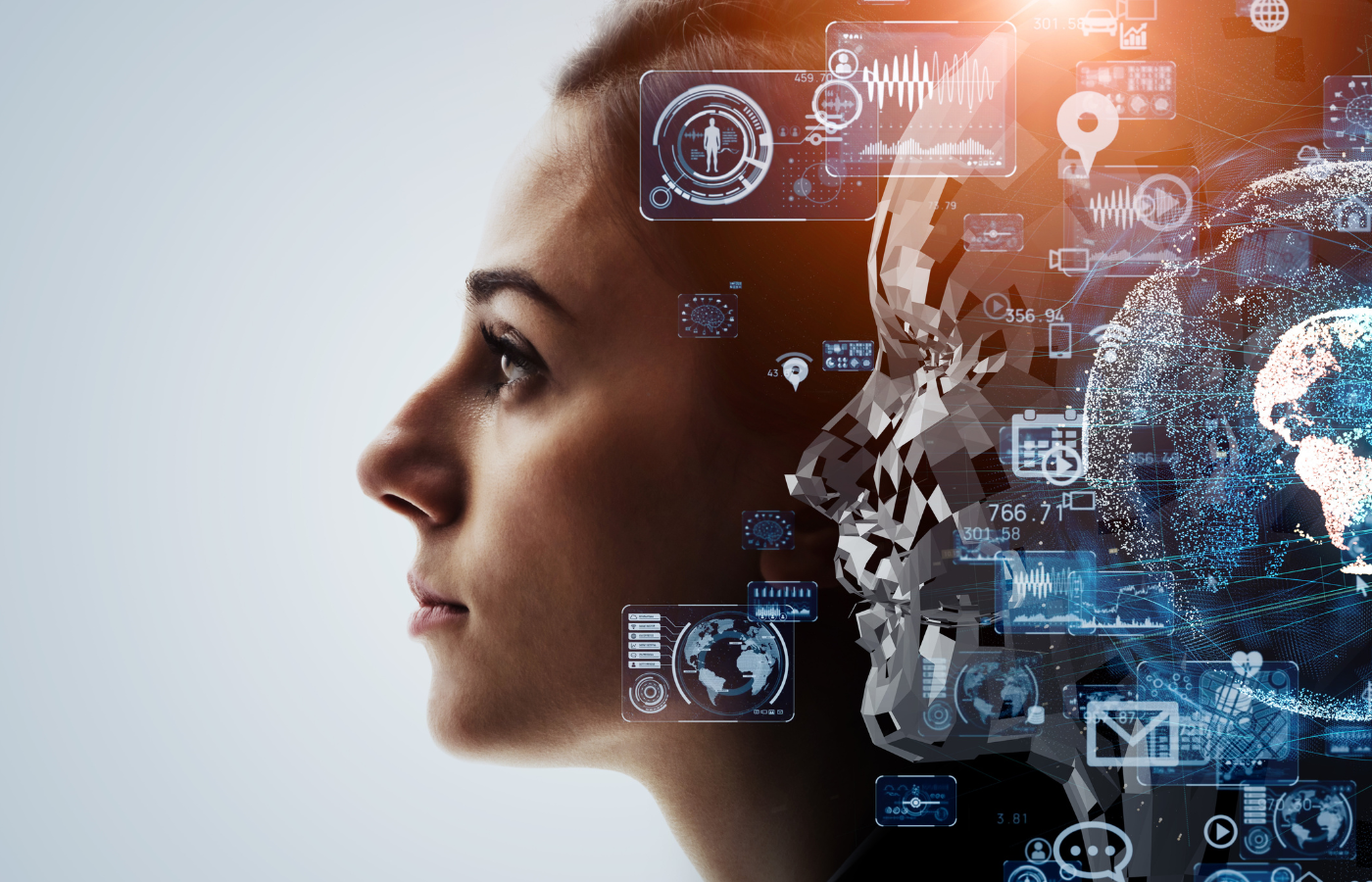Generative AI is a subfield of artificial intelligence that focuses on creating new content, such as text, images, videos, music, or even complex data structures, by learning patterns and features from existing data. Unlike traditional AI systems that are designed for classification, prediction, or optimization, generative AI systems aim to produce entirely new, original outputs. These systems are powered by advanced machine learning models that enable them to mimic human creativity.
How Does Generative AI Work?
Generative AI relies on sophisticated algorithms and architectures to create outputs. The most commonly used frameworks include:
- Generative Adversarial Networks (GANs):
- Developed by Ian Goodfellow in 2014, GANs consist of two neural networks—a generator and a discriminator—that work in tandem. The generator creates new data (e.g., images), while the discriminator evaluates the authenticity of the generated data. Over time, the generator improves its ability to produce realistic outputs as it “learns” to fool the discriminator.
- Transformers:
- Transformers, such as OpenAI’s GPT (Generative Pre-trained Transformer), have revolutionized natural language processing (NLP) and text generation. These models are trained on massive datasets and use self-attention mechanisms to generate coherent and contextually relevant outputs, including text, code, and more.
- Variational Autoencoders (VAEs):
- VAEs encode data into a latent space and then decode it to reconstruct the original data. This technique is used to generate new content by sampling from the latent space, making it particularly useful for creating variations of existing data.
- Diffusion Models:
- These models, such as DALL·E and Stable Diffusion, generate high-quality images by iteratively refining random noise until it forms a coherent output.
Applications
Generative AI has diverse applications across various industries, including:
1. Content Creation
- Text Generation:
- Writing articles, essays, or stories.
- Summarizing documents or generating captions.
- Visual Content:
- Creating images, illustrations, and graphic designs.
- Enhancing or restoring images.
- Audio and Video:
- Generating music, voiceovers, or sound effects.
- Creating deepfake videos or animations.
2. Healthcare
- Drug Discovery:
- Generative AI models simulate molecular interactions to identify potential drugs.
- Medical Imaging:
- Enhancing and synthesizing medical images for diagnostic purposes.
- Personalized Medicine:
- Creating tailored treatment plans based on simulated scenarios.
3. Entertainment
- Gaming:
- Designing characters, environments, and storylines.
- Generating dynamic game levels.
- Movies and Media:
- Scriptwriting and generating character dialogues.
- Special effects creation.
4. Customer Support
- Powering AI chatbots for human-like interactions and automating responses to common queries.
5. Education
- Generating personalized learning materials, quizzes, and tutorials.
- Creating interactive educational content, such as virtual labs or simulations.
6. Business and Marketing
- Automating content marketing by generating blogs, advertisements, and email campaigns.
- Creating product mockups and promotional materials.
Misuses
While generative AI offers immense potential, it also comes with risks and challenges:
- Deepfakes:
- Generative AI can create realistic fake videos or audio recordings that can be used for malicious purposes, such as spreading misinformation or blackmail.
- Misinformation:
- AI-generated fake news articles or social media posts can amplify the spread of false information, causing social and political harm.
- Plagiarism and Copyright Issues:
- Generated content may inadvertently replicate copyrighted material, leading to intellectual property disputes.
- Bias and Discrimination:
- If the training data contains biases, the outputs generated by AI may perpetuate or amplify those biases.
- Security Risks:
- Generative AI can be used to create phishing emails, fake identities, or malicious code, posing cybersecurity threats.
Ethical Considerations
- Transparency:
- Organizations should disclose when content is AI-generated to avoid misleading users.
- Fairness:
- Efforts must be made to reduce bias in generative AI models by ensuring diverse and representative training datasets.
- Accountability:
- Clear guidelines and regulations should be established to hold developers and users accountable for the misuse of generative AI.
- Environmental Impact:
- Training large AI models consumes significant computational resources, which can contribute to carbon emissions. Developing energy-efficient algorithms is crucial.
The Future of Generative AI
Generative AI is rapidly evolving, with new breakthroughs emerging in areas such as:
- Multimodal AI: Models capable of generating outputs across multiple modalities, such as text-to-video or image-to-audio.
- Personalized AI: Tailoring outputs to individual users based on their preferences and needs.
- AI Regulation: Governments and organizations are working on frameworks to regulate the ethical use of generative AI.
- Collaborative Creativity: Generative AI is increasingly being used as a tool to augment human creativity rather than replace it.
Conclusion
Generative AI represents a paradigm shift in how we create and interact with digital content. Its ability to produce realistic and creative outputs has opened new opportunities across industries, from healthcare to entertainment. However, its misuse poses significant ethical and societal challenges. As we continue to innovate in this space, it is essential to balance the benefits of generative AI with responsible practices, ensuring it is used for the greater good of society.



